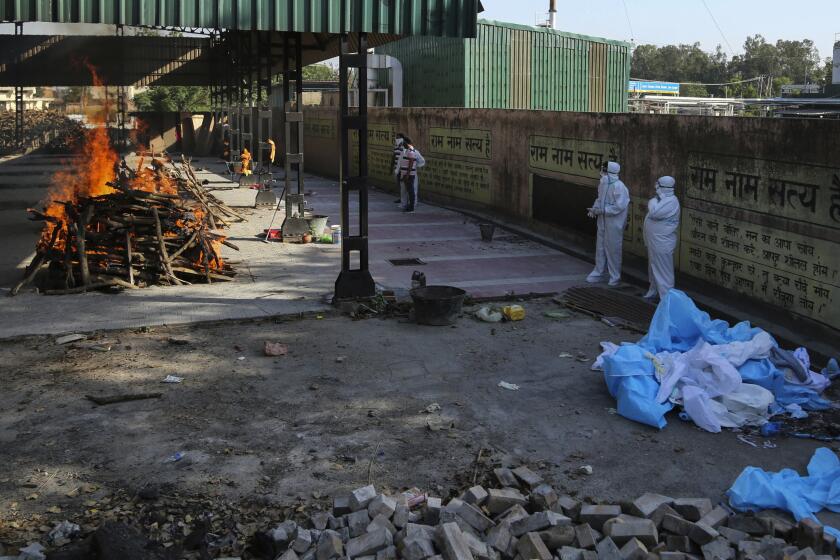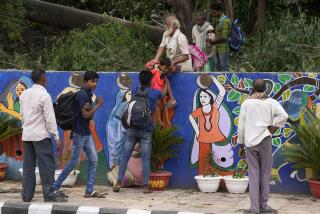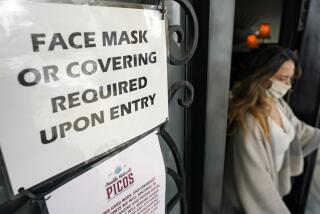No refuge for India’s rich and middle class from second COVID-19 wave
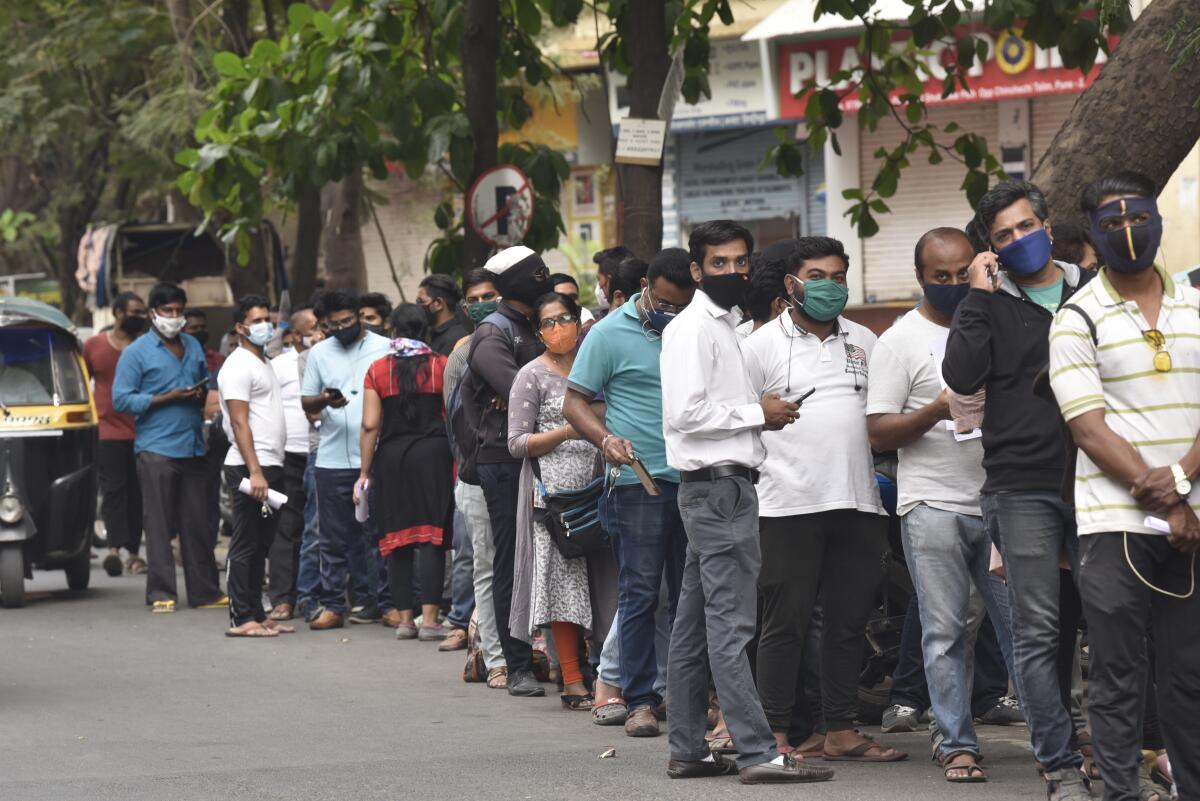
PUNE, India — Pinakin Tendulkar’s gated apartment complex — with its yoga garden and jogging path — insulates middle-class families from the pollution, desperation and chaos that permeate the lives of India’s urban poor.
Class distinctions are harshly drawn in this nation, but when a ferocious new wave of COVID-19 swept through this prosperous city of technology parks and research institutes, Tendulkar was as powerless as those less fortunate to stop the disease from breaching his suburban walls.
The 45-year-old business consultant tested positive for the coronavirus the first week of April. So did his wife, their two children and his 72-year-old mother, who had a preexisting autoimmune disease. It took days for Tendulkar to find his mother adequate medical care. She died gasping for air April 23.
Too sick to move and confined to hospital beds, Tendulkar and his wife, Gauri, missed the funeral.
“I could not be there to take care of her emotionally and physically in her last days,” said Tendulkar, whose 388-unit apartment complex has been locked down for three weeks after recording 55 infections and three deaths.
“We were not prepared,” he continued. “The overburdened healthcare system where I had to struggle to find a hospital bed and medicine made everything worse.”
The latest COVID-19 outbreak’s reach is proving devastatingly egalitarian. After ravaging the poor last year, the disease is taking its toll on the country’s middle and upper classes by infecting politicians, cricket players and Bollywood stars such as Deepika Padukone, one of India’s most popular actresses.
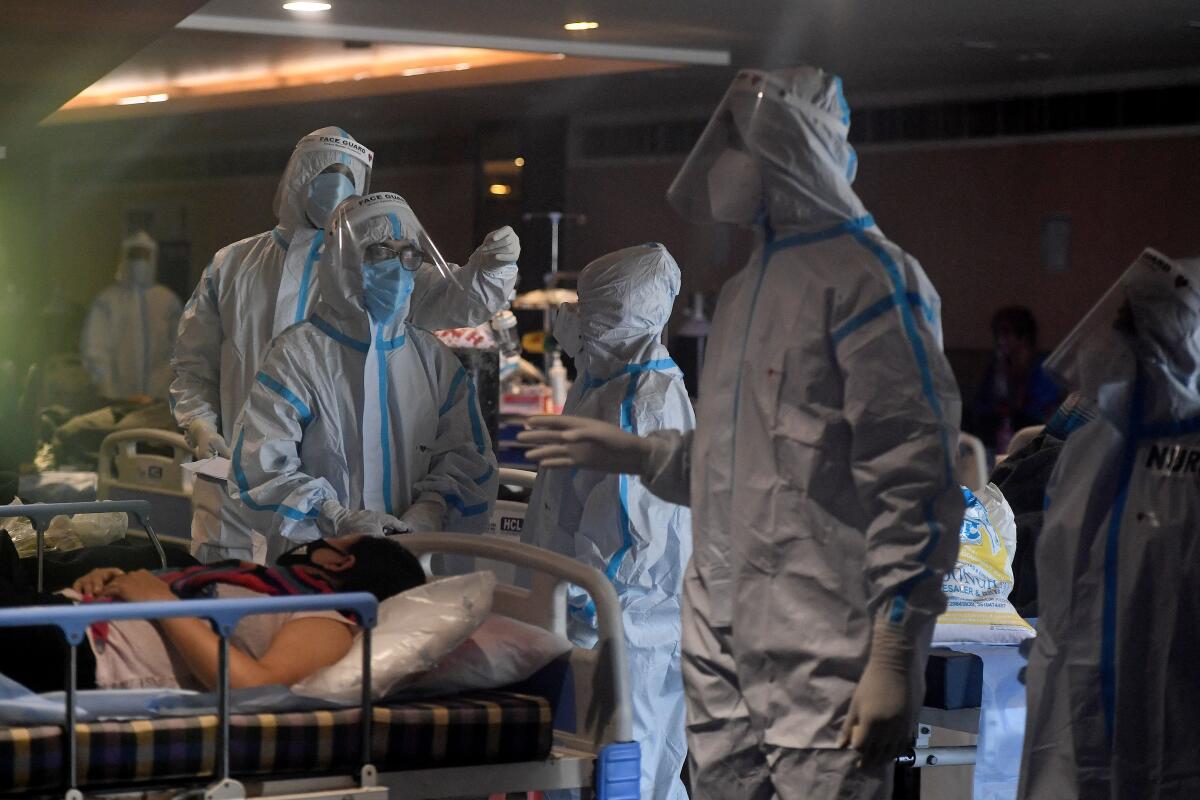
Modern apartment blocks in Pune and other major cities have emerged as hotbeds of the disease — a sign of the potency and pervasiveness of the new variants that have made India the epicenter of the global pandemic.
Experts say India’s more affluent citizens are susceptible to this outbreak because fewer developed immunity after the first wave.
The virus has “shifted to the middle and upper middle class,” said Dr. Shashank Joshi of the COVID task force for Maharashtra, a state encompassing Pune and Mumbai that has been hit the hardest by the second wave.
Apartment high-rises, where many Indians with means choose to live, have become “transmission spots” because of their central air-conditioning systems and elevators, Joshi added.
The government said Wednesday that a third wave was “inevitable” because of how widespread the outbreak was and the odds of even more mutations.
Infections and deaths continue to climb at alarming rates as India’s second COVID-19 wave threatens to topple its healthcare system.
India, the world’s second-most populous country, with 1.4 billion people, has been setting daily records for new cases. It has become a land of misery, countless funeral pyres and urgent calls for its large diaspora to send help.
The country accounted for nearly half of new infections recorded worldwide last week. At least 234,083 Indians are confirmed to have died of COVID-19, though the actual number is believed to be much higher because of underreporting.
India’s leaders thought they had contained the virus after seeing cases dip at the start of the year. Social restrictions were loosened, sparking a surge in infections in March that led to a near collapse of the country’s healthcare system amid a dearth of vaccines.
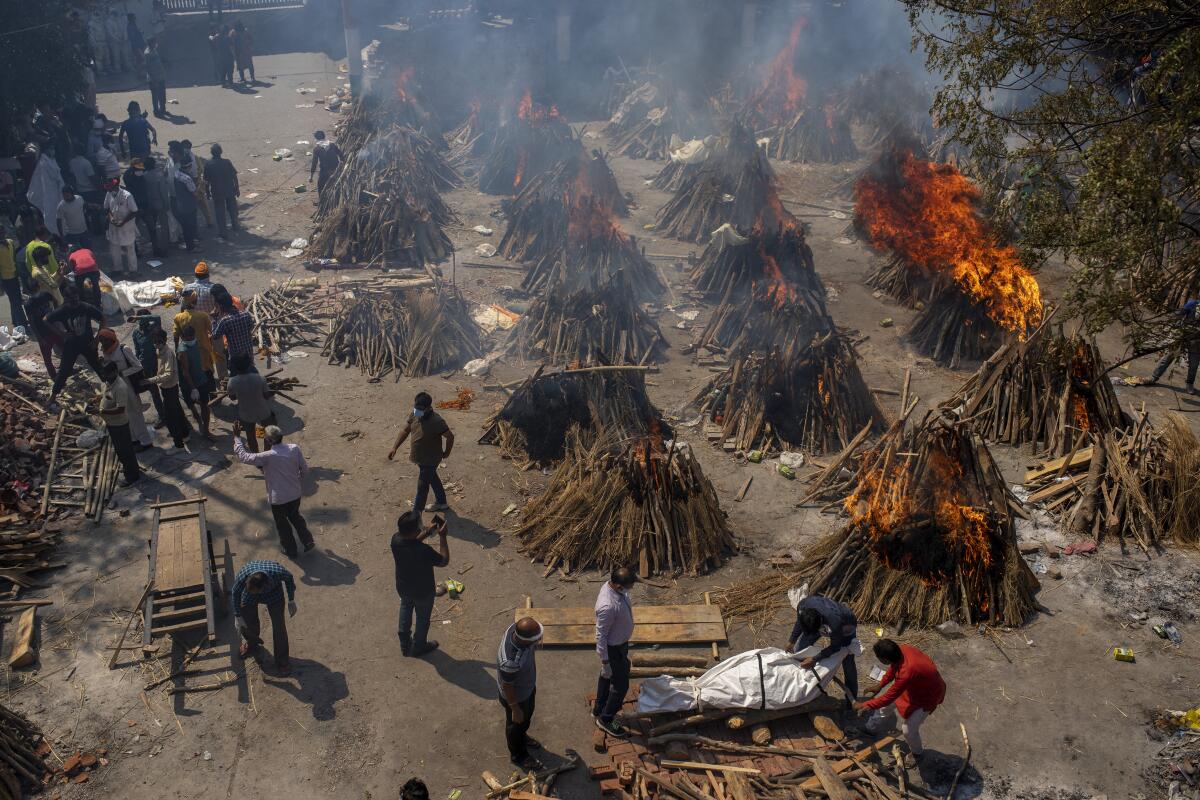
Doctors and nurses remain overwhelmed and oxygen shortages persist, leaving many patients with little chance of survival even if they reach a hospital.
“Doctors are discharging patients who are stable but not fully recovered to accommodate serious patients,” said Smita Kulkarni, a 39-year-old attorney infected with COVID-19 who was recently released from an intensive care unit in Pune and was trying to suppress a violent and persistent cough. “This wave is so much worse than the first.”
Countries are closing their borders to travelers from India to blunt the alarming spread of the potentially highly infectious double mutant variant, known as B.1.617, which has been detected in at least 17 countries, including the U.S., according to the World Health Organization.
Indians who can are reportedly pooling money and fleeing on private jets to the handful of destinations that will still accept them, including the Maldives and Dubai, United Arab Emirates.
India’s opposition party has called for a national lockdown, but Prime Minister Narendra Modi’s government, which is facing increasing criticism, has resisted the call over fears of adding more stress to an economy that shrank 8% the last financial year.
Instead, states have been given the authority to issue social restrictions, some of which are in place in Mumbai, Pune and the capital, New Delhi.
The last and only national lockdown, which was imposed in March 2020 with less than four hours’ notice, was particularly harsh on the millions of migrant workers who were left stranded far from home after transportation networks were shut down. Many died on their journeys walking back to their villages.
Attention is again shifting to rural India, where fears are growing that the death toll could mount because of the chronic absence of decent healthcare.
In Mumbai, India’s financial center, a COVID war room was set up to help the city’s residents locate hospital beds and ventilators. Workers there say pleas for help are coming overwhelmingly from more affluent neighborhoods rather than poorer ones — such as Dharavi, a slum of nearly a million residents made famous by the 2008 Oscar-winning film “Slumdog Millionaire.”
Mass screenings and quarantines have helped contain the coronavirus in Dharavi, home to 1 million people.
Panic and chaos have so far not gripped Dharavi, where families live in 8-by-8-foot rooms, dotted along the narrow alleys through which people have to squeeze past one another. The shanties are situated so close that the alleys in between see little to no sunlight regardless of the time of the day.
In April, Dharavi recorded 17% of the infections in its ward, known as G-North, even though it makes up 70% of G-North’s population (deaths, however, have been disproportionately high because of comorbidities such as tuberculosis and pneumonia).
Those figures align with reports that suggest that 90% of Mumbai’s cases are being detected in apartment towers and areas outside the slums.
But Dharavi remains precarious and susceptible. More than two-thirds of its residents share 450 public toilets.
Despite hope that residents have developed immunities from first-wave infections, officials remain on edge and have ordered toilets sanitized in Dharavi at least five times a day and door-to-door screenings for feverish temperatures.
When Kailash Jethwa, 53, his wife, Ramila, 50, and their three children tested positive for the virus the last week of March, officials moved in to carry out contact tracing. Dozens of people were isolated and monitored after the family was moved to a quarantine facility.
“The officials still check up on us regularly,” Jethwa said.
Officials say the slums will need mass vaccination programs. But vaccine hesitancy abounds among the poor, fueled by misinformation shared on WhatsApp.
One typical message falsely warned women not to get vaccinated during menstruation because it would reduce their immunity.
“I have heard a lot of people fell sick, got fevers and headaches or felt heavy in their arms after getting their first dose,” said Mohammad Ali, 51, who works as a tailor in Dharavi.
An even bigger question is when India will have enough vaccine to stanch the outbreak. Supplies are low after the government failed to anticipate a second wave. This, despite India being home to the world’s largest manufacturer of vaccines, the Serum Institute. Procurement has been chaotic, with states complaining of being charged higher prices than the central government.
A prolonged crisis could devastate India’s middle class, which had grown steadily for decades until the pandemic. A Pew Research Center study estimates the nation’s middle class shrunk by 32 million last year, while the number of poor in India grew by 75 million.
Before the arrival of COVID-19, Jimmy Tiwari lived comfortably as a schoolteacher and single mother of one son in Pune. When she lost her job in March of last year, she quickly ran out of savings and turned to her parents to survive. To stretch her money, she and her son eat little else besides rice and lentils each day.
“I don’t remember the last time I went shopping or ordered food from a restaurant,” said Tiwari, 42, who has yet to find another job.
“There is no way I can even think of such small pleasures. Now it looks more difficult with this second wave.”
Times staff writer Pierson reported from Singapore and special correspondents Parth M.N. from Mumbai and Torgalkar from Pune.
More to Read
Sign up for Essential California
The most important California stories and recommendations in your inbox every morning.
You may occasionally receive promotional content from the Los Angeles Times.
